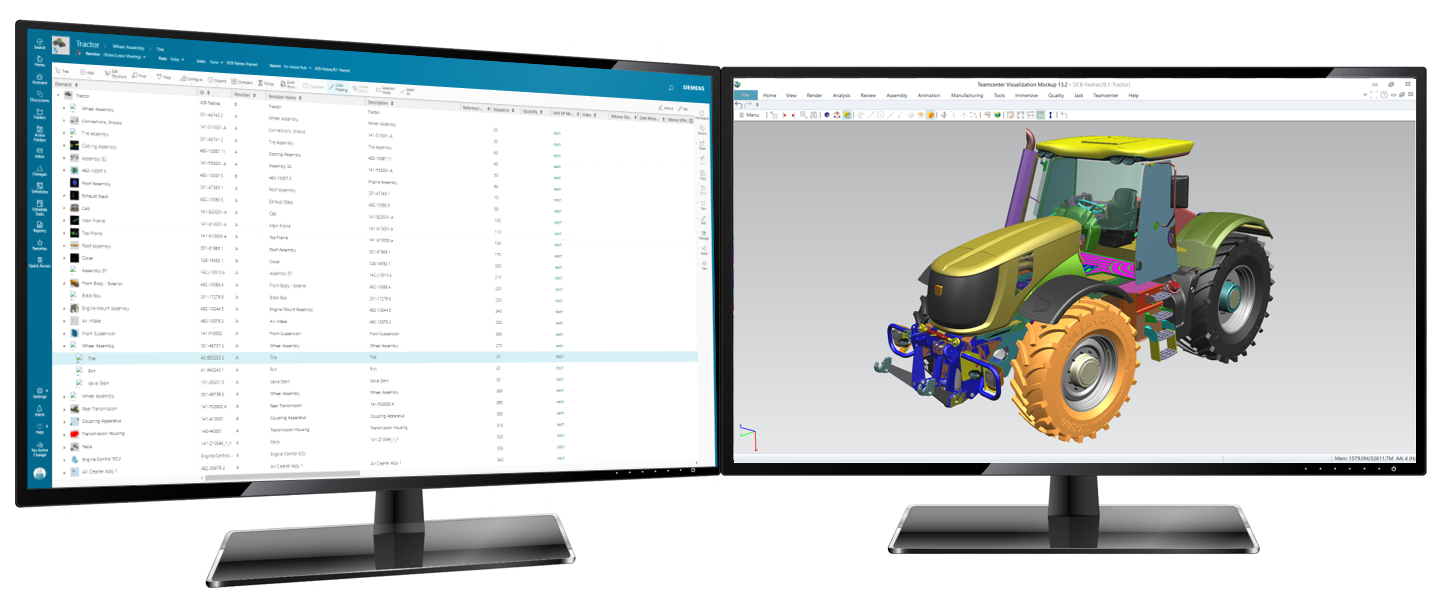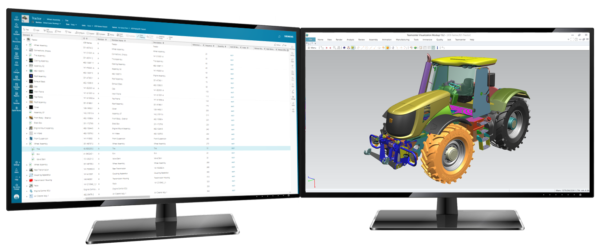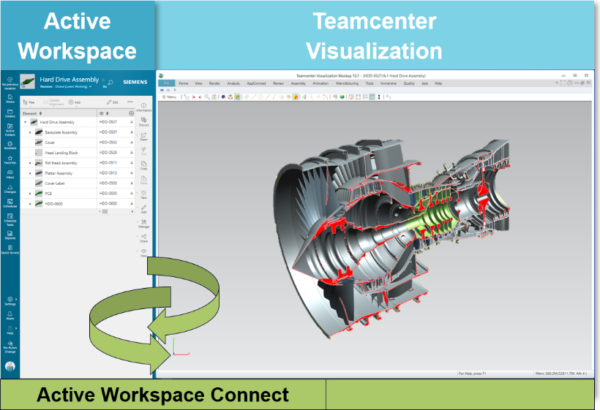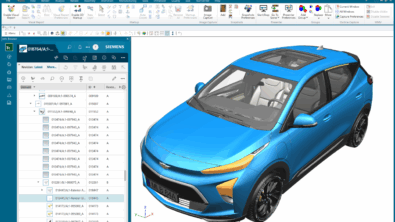Going Hybrid: Cloud Desktop Visualization Software

Our world is increasingly hybrid: vehicles run on both gasoline and electricity. Homes run combinations of incandescent, fluorescent, and LED lighting. Even IoT-enabled smart devices in our homes come from a broad variety of vendors. We want to have access to a buffet of solutions that best fit our needs, and we don’t want to be forced to adopt a single approach or technology when that might limit our options. In the world of CAD-centric project management software solutions, we also want to have our cake and eat it by simultaneously leveraging the benefits of cloud desktop virtualization software.

We find ourselves in an era when users and IT departments prefer to work with cloud-enabled browser-accessible PLM solutions that provide access to critical data from anywhere while managing it in a centralized and efficient way, but not at the expense of functionality and performance users expect and has existed on the desktop for some time that is not yet cloud-available. Users and IT groups want a simple way to manage cloud access with a highly intuitive UI. But desktop visualization software users want access to the deepest levels of the feature stack, great interactive render performance, and the ability to fully utilize screen real estate that typically includes 2 or more large monitors. This is where cloud desktop virtualization comes in.

Integrate Cloud Desktop Virtualization
Addressing the reality of user and IT departmental preferences requires an integrated approach that allows cloud-enabled PLM clients and desktop-installed visualization software to work together seamlessly so that the combined requirements of modern users and their IT departments are met with well thought out solutions that users enjoy using.

One example of this at Siemens Digital Industries Software within the Teamcenter product suite is the Active Workspace Connect enabled environment that ties an Active Workspace browser session to a desktop installed instance of our Lifecycle Visualization software. It’s attractive and efficient for users to access relevant product information from Teamcenter via Active Workspace on one monitor while viewing, analyzing, and cross-probing the 3D representation of that product on another monitor.
Active Workspace Connect
In an Active Workspace Connected layout, a user can access a range of product information for a variety of configurations while working with the 3D representation of that product. Selections in the browser are synchronously reflected in the desktop application and vice versa. Configuration changes in Active Workspace cloud PLM are reflected in the 3D desktop visualization software. The mirroring of selection and configuration is supported by a technology layer designed to be supported and extended over time.

Active Workspace Connect (until recently referred to as AppConnect) is one example of the enabling technologies we’ve developed at Siemens to provide cloud desktop virtualization experiences for Visualization software users who want and need access to the benefits of browser-based cloud PLM data, but still want the interactivity and deep feature sets provided by traditional desktop visualization software applications.
If you’d like to see and learn more about how going hybrid with cloud PLM and desktop visualization software address the challenges of the product design process, check out these articles as well:


